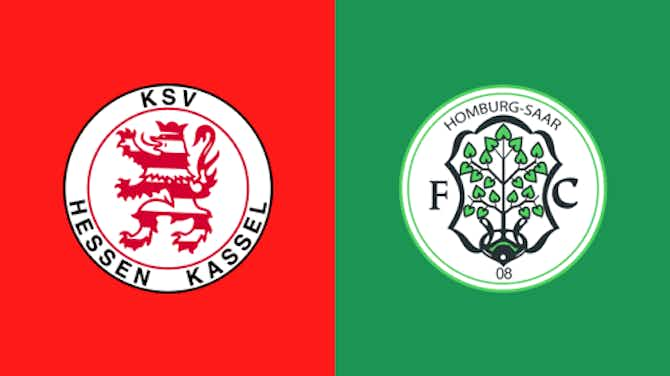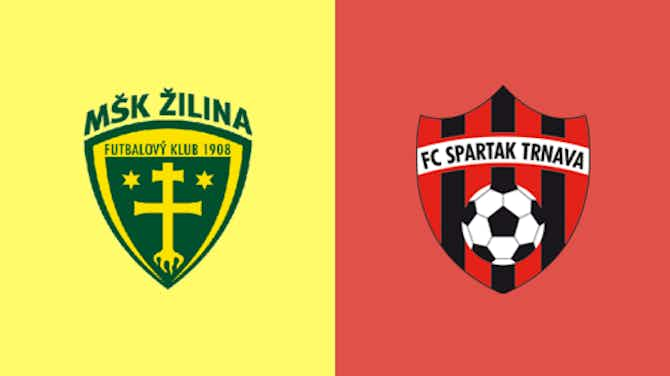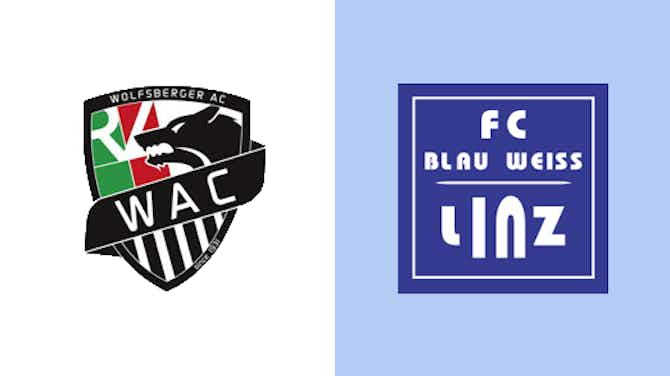The Football Faithful
·18 October 2020
A decade of FSG: Suarez controversy, Brendan Rodgers, and the contentious transfer committee

The Football Faithful
·18 October 2020

In the first of a two-part series following the ten-year anniversary of Fenway Sports Group’s takeover of Liverpool this past week, we analyse the Americans’ ownership of the Merseyside club on the pitch and in the backroom.
It hasn’t always been smooth, but Liverpool FC undoubtedly finds itself in a much better position now than it did when FSG officially took over on 15 October, 2010.
When John W. Henry and Tom Werner made the decision to buy one of the most storied and successful clubs in English football history for £300m, he was buying a club that was not only flailing on the pitch but in the balance sheets, too. That year their accounts showed losses of £55m, with the holding company of the club in debt to the tune of £350m.
The previous owners, George Gillett and Tom Hicks, arrived at Anfield in 2007, welcomed by the warm embrace of supporters, who lorded their American takeover over Manchester United fans. Unlike the Glazers, it was believed Hick and Gillett would invest in the squad to turn the club into regular title contenders.
Liverpool came closest to winning the Premier League under the pair in 2008/09, finishing second behind Man United after losing only twice all season. It fell apart soon after, however, ending the following campaign in seventh place with the beloved Rafael Benitez heading out the door. The decision to replace him with Roy Hodgson only worsened matters.
With the organisation in dire straits, the club changed hands. It was badly needed.
One of FSG’s first big decisions was to sack Hodgson in January 2011, although with the sixth worst win rate of any permanent Liverpool manager ever, it wasn’t the most difficult one they’ll ever have to make. Who to replace him with was another matter entirely.
Kenny Dalglish was the ideal stand-in to take over temporarily, a former club player and manager who could steady the ship and get the fans onside. In that same month they sold Fernando Torres to Chelsea and bought Newcastle United’s Andy Carroll and Luis Suarez from Ajax.
Following an impressive win over Chelsea at Stamford Bridge, the calls for his permanent hiring got louder and louder. After taking the club from the lower reaches of the table to a sixth-placed finish, he was given a three-year contract. In one way it could be said that Liverpool were ahead of their time by hiring a club legend after a successful caretaker spell.
The Scot only fulfilled a third of that deal, however. Although the club reached two cup finals, winning the League Cup in the process, the performances overall were unconvincing as they finished eighth, while Dalglish was tetchy in his post-match interviews and drew criticism for his handling of the Luis Suarez racism affair. It was time for a new manager to bring the club forward.
Rather than recruit an experienced manager with a winning pedigree, a potentially very expensive route to follow, they chose an up-and-coming coach in the form of Brendan Rodgers. The Irishman had taken Swansea from the Championship to a mid-table top flight team while playing attractive, if not the most exciting, football.
Before Rodgers was even in the job, FSG had agreed to allow a film crew shoot a flyonthewall documentary about the club’s preseason preparations for the 2012/13 campaign. It was cringey in parts and forever marked Rodgers as a David Brent-ish character, but it was never made with British viewers in mind; it was intended for a North American audience as a means of expanding Liverpool’s brand name.
Nonetheless, the new manager made gradual improvement with the Reds, notably in attack where Luis Suarez began to flourish, scoring 30 goals in all competitions. The club was only one place better off (7th) than Dalglish had left them, but they went from 47 league goals scored to 71.
The Uruguayan striker was now one of the hottest properties on the market, and Liverpool’s recent reputation as a selling club suggested they would lose their prized asset in 2013. Arsenal famously put in a bid of £40m with one pound added on to trigger a release clause Liverpool were surreptitiously hiding.
FSG denied such a clause existed and held onto their main man, but they later admitted that it did exist – they just chose to ignore it. “What we’ve found … is that contracts don’t seem to mean a lot in England – actually, in world football,” John Henry explained in 2014. “Since apparently these contracts don’t seem to hold, we took the position that we’re just not selling.”
It was a bold move that paid off. Suarez scored 31 of Liverpool’s 101 league goals as they came incredibly close to winning the Premier League, infamously slipping at the final few hurdles. It was heartbreaking for the Merseyside outfit, but a glimmer of hope that major success was possible under the new regime. However, Suarez was off to Barcelona that summer and with him any hope of being involved in a title race again.
One point of tension between the manager and the owners came in the form of the well publicised transfer committee, which came about in their attempts to sign a replacement up front. Transfer signings would be a collective decision, rather than being sanctioned by just the manager. Rodgers was not a fan of having to pick from a set list of players to buy, he much rathered being able to pick his own. This is why, he claims, they ended up with Mario Balotelli after failing to nab Alexis Sanchez.
Liverpool regressed back to sixth in the table the next season, and following a poor start to the following campaign, Rodgers was out the door without winning a trophy. The club’s next move would be crucial.
See Also: The resurrection of Gary McAllister
Subscribe on Apple, Spotify, Stitcher and Google Podcasts






























































